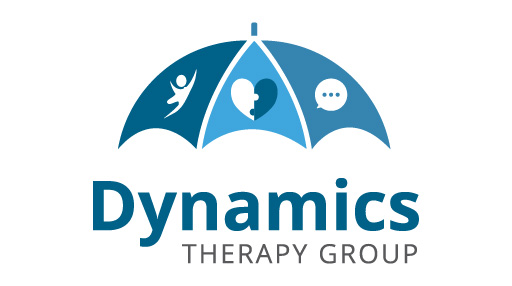
As the prevalence of autism spectrum disorder (ASD) continues to rise, finding the most effective treatment approaches becomes increasingly important. Two popular methods that have garnered attention over the years are Developmental, Individual-differences, Relationship-based (DIR) and Applied Behavior Analysis (ABA). In this blog post, we’ll delve into the differences between these two approaches and provide some tips on choosing the right one for your child.
DIR: Developmental, Individual-differences, Relationship-based Model
The DIR model, developed by Dr. Stanley Greenspan and Serena Wieder, focuses on addressing the core challenges faced by children with autism. It does so by emphasizing the developmental process and acknowledging individual differences in sensory processing and motor planning. The treatment is tailored to each child’s unique needs and strengths, with a focus on fostering healthy relationships between the child and their caregivers.
Key components of DIR include:
- Functional Emotional Developmental Levels (FEDLs): DIR identifies six developmental milestones, which help therapists create customized treatment plans.
- Individual Differences: DIR acknowledges that each child has unique sensory, motor, and regulatory processing abilities, which can impact their development.
- Relationship-based Intervention: DIR emphasizes the importance of fostering a strong bond between the child and their caregivers, as this relationship is crucial for promoting growth and development.
ABA: Applied Behavior Analysis
Applied Behavior Analysis (ABA) is a widely-recognized treatment approach for autism that has its roots in behaviorism. The primary goal of ABA is to increase desired behaviors while decreasing undesired ones, using a variety of techniques like reinforcement, shaping, probing, and prompting.
Key components of ABA include:
- Discrete Trial Training (DTT): A structured teaching method that breaks skills down into smaller, more manageable steps.
- Natural Environment Training (NET): Focuses on teaching skills in natural settings, such as the child’s home or school.
- Data Collection: ABA therapists collect data to monitor progress and make data-driven decisions about treatment adjustments.
Which Approach to Choose?
Choosing the right approach for your child is a personal decision that should be based on their unique needs, preferences, and characteristics. Here are some tips to consider:
- Research: Familiarize yourself with the principles and techniques of both DIR and ABA to get a better understanding of their methodologies.
- Consult Professionals: Speak with professionals who have experience with both approaches to get their insights and recommendations. If you need any advice, please contact us. We have experts in ABA as well as experts in DIR.
- Child’s Needs: Consider your child’s specific needs, strengths, and challenges when deciding on an approach. The best method is often one that addresses the individual child’s requirements.
- Trial Period: If possible, try a trial period with each approach to see which one resonates better with your child and leads to more progress.
- Consider a Combination: It’s not uncommon for families to incorporate elements from both DIR and ABA into their child’s treatment plan. Combining the strengths of each approach can result in a more comprehensive and individualized treatment strategy.
Conclusion
Both DIR and ABA have their unique strengths and can be effective in treating children with autism. The key is to select an approach that aligns with your child’s individual needs and preferences. Consulting with professionals, conducting research, and considering a combination of both approaches can help guide you in making the best decision for your child’s well-being and growth. Dynamics Therapy Group is the only organization in Singapore offering both ABA and DIR under one roof. Check out our ABA website and our DIR webpage.




